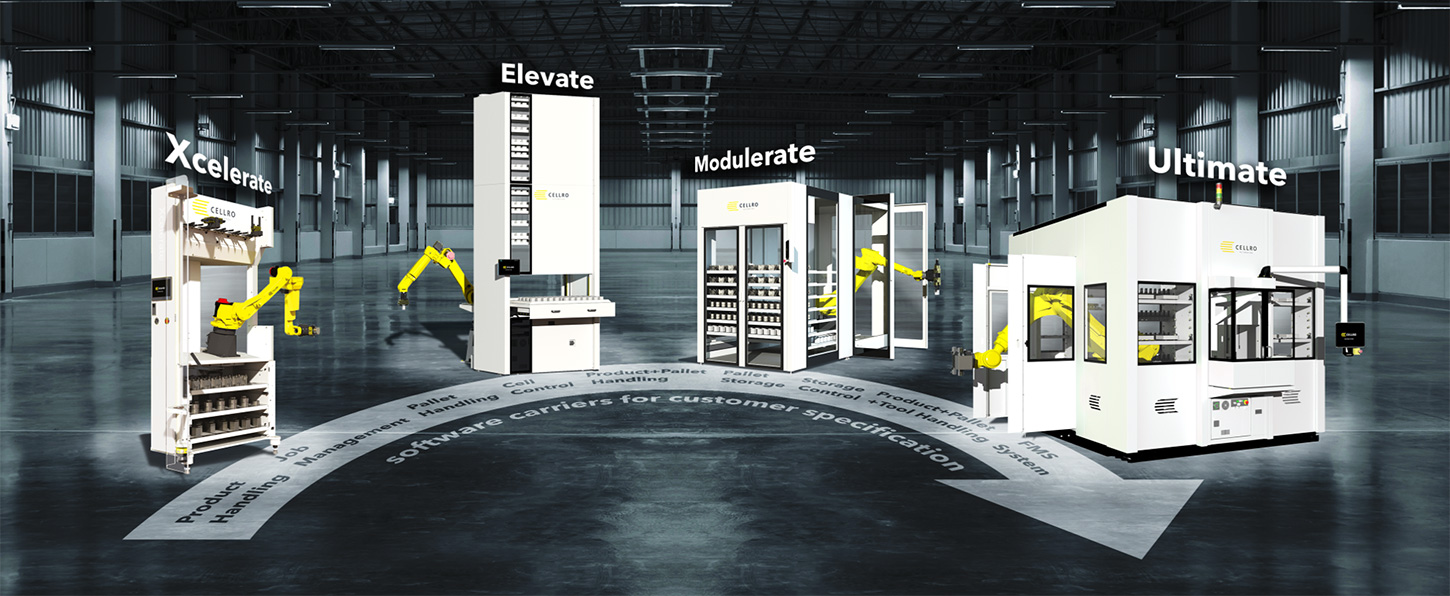Table of Content
Before beginning any type of home dialysis, you will be trained by a professional. Once you start dialyzing at home, help is always available by phone if you have problems or questions. You and your doctor will discuss the quality of life benefits, as well as any medical risks and decide together if dialysis at home is right for you. Naturally, your doctor will use his or her judgment to determine whether you are a good candidate for home dialysis and guide your decision based on your individual needs. After the reuse machine has cleaned and tested the dialyzer, it will then be filled with disinfectant and stored for at least 11 hours. Just before the patient’s next dialysis treatment, the dialyzer is rinsed with saline solution until all disinfectant is removed.

If you have an employer group health plan, it will be the primary coverage for the first 30 months of your treatment with Medicare as your secondary insurer. After those first 30 months, Medicare will become your primary insurance. Patients who opt for PD dialyze daily with little or no assistance from others. There are different options for doing dialysis at home.
How Home Hemodialysis Works
When you are diagnosed with kidney disease and need dialysis or a transplant, you’ll want to understand your insurance options, how to receive financial assistance and more. With automated peritoneal dialysis, a machine called a cycler pumps the fluid in and out of the body while you sleep. With peritoneal dialysis, tiny blood vessels inside the abdominal lining filter blood through the aid of a dialysis solution.

It will cost about $20 million to develop the artificial kidney and take it through its first clinical trial, Roy estimated. Some people have problems with the AV fistula or graft. You may develop an infection, poor blood flow or a blockage from scar tissue or a blood clot. Monitors your blood pressure to adjust how fast blood flows in and out of your body. Returns filtered blood to your body through a different needle in your arm. "Everything went really smoothly with delivery and she was perfectly normal, she is perfectly healthy," says Aukstikalnis.
Types of Dialysis Treatments
A diagnosis of chronic kidney disease or end stage renal disease can be intimidating. You might assume that you’ll need to go to a dialysis center several times a week for long sessions, but for many... Your PD schedule is largely determined by the type of PD you choose. CAPD is designed to be done continuously throughout the day, with 3-4 exchanges per day.
But often, someone with kidney failure will need a kidney transplant. Treatment options Understand all your treatment options so you can make an informed decision. This cycle of filling and draining your abdomen with dialysate is called an exchange. But with peritoneal dialysis, this process happens inside your belly, where your abdominal lining or peritoneum acts as a natural filter.
Home Dialysis Treatment Choices
This basic process is the same for home hemodialysis, except that you and a care partner are trained to do your treatment at home. The outlook varies depending on your age, overall health, the cause of kidney failure and other factors. If you get a kidney transplant, you can stop dialysis when your new kidney starts working. After several hours in your abdomen, called dwell time, the dialysate is drained back out through the catheter.
Just before going to sleep, Reynolds hooks up to his dialysis machine, which runs for 7 1/2 hours. If you choose home dialysis, your care team will be with you every step of the way. With our award-winning training, you will learn at your own pace all of the aspects of performing home dialysis. Once you begin home dialysis, a team of skilled healthcare professionals are available to answer your questions 24/7 so you’re never alone. Your PD supplies will depend on which mode of PD you choose. Either type of PD will require a supply of dialysate, tubing, masks, hand sanitizer and anything else specific to your care.
Dialysis can be overwhelming
The benefit is that you will have less time for waste to build up in your body between treatments. Either of these schedules can help you feel better so you can do more. This type of Peritoneal dialysis takes place without a machine and requires around 3 to 5 exchanges per day. It allows users to manage dialysis from the comfort of their home, office, or even while traveling as well.
The wastes and fluid are removed from your body when dialysate is drained from your peritoneal cavity. The completion of the Peritoneal dialysis procedure is called exchange that mainly includes filling, dwelling, and draining. Dialysis is a treatment option when your kidneys fail – meaning they are no longer able to do their job to keep your body healthy. It is important to learn about all your options so that you can find a treatment option that works best for you and your family. PD uses a similar fluid as home HD, dialysate, which enters your abdomen via a peritoneal dialysis catheter.
Fluid is pumped into the peritoneal cavity through the catheter. As blood passes through the blood vessels lining the peritoneal cavity, waste products and excess fluid are drawn out of the blood and into the dialysis fluid. Normally, the kidneys filter the blood, removing harmful waste products and excess fluid and turning these into urine to be passed out of the body. If you’re planning to do automated peritoneal dialysis, the training program is held in a dialysis center with a nurse.
AV fistulas and grafts enlarge the connected artery and vein, which makes dialysis access easier. They also help blood flow in and out of your body faster. The waste and extra water make urine, which moves from the kidneys into the bladder. These two bean-shaped organs sit below your ribcage on each side of your spine.
Medicare and most private insurance plans provide coverage for qualified patients. Home equipment and modifications - Home dialysis requires an adequate place to perform treatments, along with the proper equipment and supplies, as necessary. Some homes might require plumbing and/or electrical modifications to accommodate home treatment .

No comments:
Post a Comment